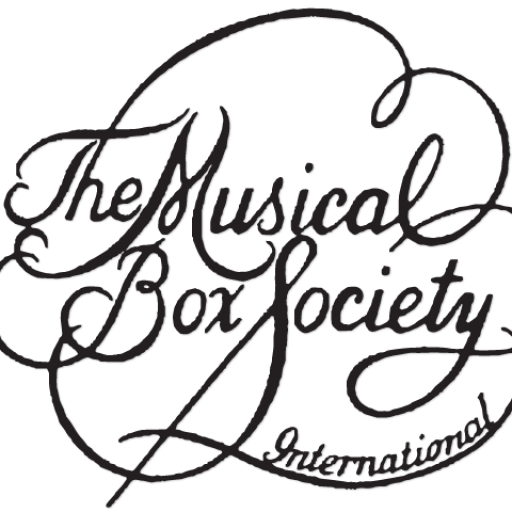The explanation of the terms listed below refer to their usage in the field of Mechanical Music. Many of the descriptions are from the book The Golden Age of Automatic Musical Instruments by MBSI member Arthur A. Reblitz, published by the Mechanical Music Press, Woodsville, New Hampshire; copyright 2001. They are used here with permission of the author and publisher. Permission is granted for writers to use a limited number of brief excerpts provided credit is given to the MBSI web site, the title of the original work and the author. Written permission is required for all other uses. German nouns and words that are also names of places are capitalized.
Gebrüder
German term for brothers. Usually abbreviated, as in Gebr. Weber (Weber Brothers). Included in this listing because the Gebr. term sometimes is confusing to the uninitiated. * Dutch: gebroeders, broers. * French: frères.
Geigen
German term for violins.
Gamba Pipe
A string-toned pipe with a moderately loud, clear, brilliant tone.
Gamme
In a cylinder music box, the music program on the cylinder, but also the specific comb tuning scale for that program. A French term.
Gantry
A slotted or laminated frame designed to hold the star wheels in a disc box in the proper position for striking the comb teeth while allowing them to rotate freely.
Gedeckt Pipe
Softly-voiced stopped flute used in pipe organs, large orchestrions, and photoplayers in combination with other ranks to enhance the fundamental tone.
General Cancel
Mechanism in an automatic musical instrument which turns off several (or all) pipe ranks, instruments, or functions, simultaneously. In some examples, including certain fairground and street organs, the general cancel turns one or more ranks on at the same time it cancels the others. See cancel.
Geneva
gear. See stop.
Glissando
Playing the notes of a musical scale in order rapidly within a piece of music. The effect is a rapid sweep up or down the scale.
Glockenspiel
See orchestra bells.
Governor
Speed-control device in an automatic musical instrument. Many different types including: 1. Fan-fly type with rotating fan blades, used in music boxes and certain barrel-operated instruments. 2. Pneumatic type which regulates the speed of travel of a piano roll by regulating the amount of suction to the air motor. 3. Electrical fly-ball type in which rotating weights open and close contacts, as in a Mills Violano-Virtuoso.
Grand Format
Term applied to musical boxes with cylinders at least 3 ¾ inches in diameter and 16 inches in length. Combs usually have more than 200 teeth. Nicole Freres was the leading manufacturer using that term though Heller and perhaps others produced relatively few quantities as well. They were made primarily in the mid 1800’s. Most commonly seen are boxes with 4 airs though other configurations exist.
Grand Piano
Piano with the strings lying horizontally, extending away from the keyboard. (Contrasted with square piano, in which the strings also lay horizontally, but positioned from left to right.)
Great Division
A division of the pipe organ controlled by its own manual; includes louder stops such as diapasons. In church organs this division is frequently unenclosed. Other organ divisions include swell, echo, and choir.
Great Wheel
The large gear at the end of the musical box cylinder that meshes with the governor assembly.
Grind Organ
A small, portable hand-cranked organ.
Gully
The grooved recess on the great wheel that controls the start/stop pin-lever assembly.
